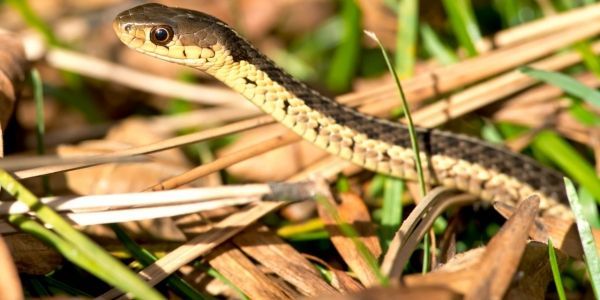New research on a garden-variety snake in Alberta provides an unprecedented look at how their skulls develop—and may offer new clues into how reptiles evolved.
“Prior to this research, no one had ever published a study of the skull in this level of detail through the lifespan of any lizard or snake,” said Catie Strong, an undergraduate student at the University of Alberta who led the research project under the supervision of evolutionary biologist Michael Caldwell. “There is a huge gap in our knowledge of the development of lizards and snakes.”
The biologists used a technique called micro-computed tomography to examine Plains garter snake skulls throughout their lifespan, from embryo to juvenile to adult. The technology—similar to that used in hospital CT scans but on a much smaller and more detailed scale—yields new insight into how snakes develop and how they may have evolved, Caldwell explained.
Continue reading at University of Alberta.
Image via Getty Images.


